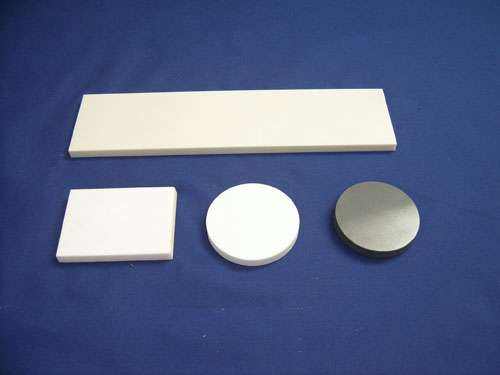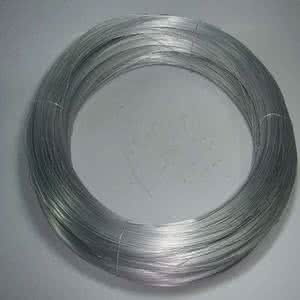Why Is Hafnium Smaller Than Zirconium
The geochemical properties of Hf and Zr are similar. The ionic radius of Hf is almost the same as that of Zr. All Zr minerals contain Hf, and pure Hf minerals have not been documented.

Hf concentrations in minerals rarely exceed those of Zr, except for specific types of Thortveitite. Zircon (SiO4) and Baddeleyite (ZrO2) are the principal sources of Hf. They typically contain up to 2%. Certain Norwegian zircon minerals have recorded Hf levels of 20%. Hafnium is predominantly lithophilic. It occurs in oxides and silicates as the Hf ion.

Hafnium can serve as an indicator for Zr mineralisation. Elevated Hf values indicate the presence of felsic rocks, particularly intrusive masses. The resistant nature of Hf minerals limits the dissolution of Hf in natural water. Complexes with sulphates, fluorides and chlorides show low solubility in aqueous solution, and natural organic substances can form complexes that increase Hf concentration in freshwater. Hafnium usually exists in natural waters at concentrations below 0.1 µg l-1. Wastewater represents the primary anthropogenic source of Hf. Hf is utilised in the manufacture of incandescent lamp filaments, X‑ray cathode tubes, reactor control rods, and in alloying with Ti, Nb, Ta and Fe, as well as in the ceramics industry. Several studies from the 1960s and 1970s indicated that Hf concentrations in industrial regions do not exceed natural levels. Consequently, geological sources of Hf are more significant than anthropogenic ones.
Hafnium has no known biological function. Limited data exist on the toxicity of Hf. It is generally considered to have low toxicity, and no adverse environmental impacts have been reported. Given that insufficient data exist concerning the effects of Hf on human health, it should be regarded as potentially toxic.
Hafnium oxide (Hafnia) has been extensively studied as a high‑k dielectric. It is used as a replacement for the standard gate dielectric SiO2 in the manufacture of high‑density logic and memory devices.

 Bars
Bars
 Beads & Spheres
Beads & Spheres
 Bolts & Nuts
Bolts & Nuts
 Crucibles
Crucibles
 Discs
Discs
 Fibers & Fabrics
Fibers & Fabrics
 Films
Films
 Flake
Flake
 Foams
Foams
 Foil
Foil
 Granules
Granules
 Honeycombs
Honeycombs
 Ink
Ink
 Laminate
Laminate
 Lumps
Lumps
 Meshes
Meshes
 Metallised Film
Metallised Film
 Plate
Plate
 Powders
Powders
 Rod
Rod
 Sheets
Sheets
 Single Crystals
Single Crystals
 Sputtering Target
Sputtering Target
 Tubes
Tubes
 Washer
Washer
 Wires
Wires
 Converters & Calculators
Converters & Calculators
 Write for Us
Write for Us
 Chin Trento
Chin Trento



